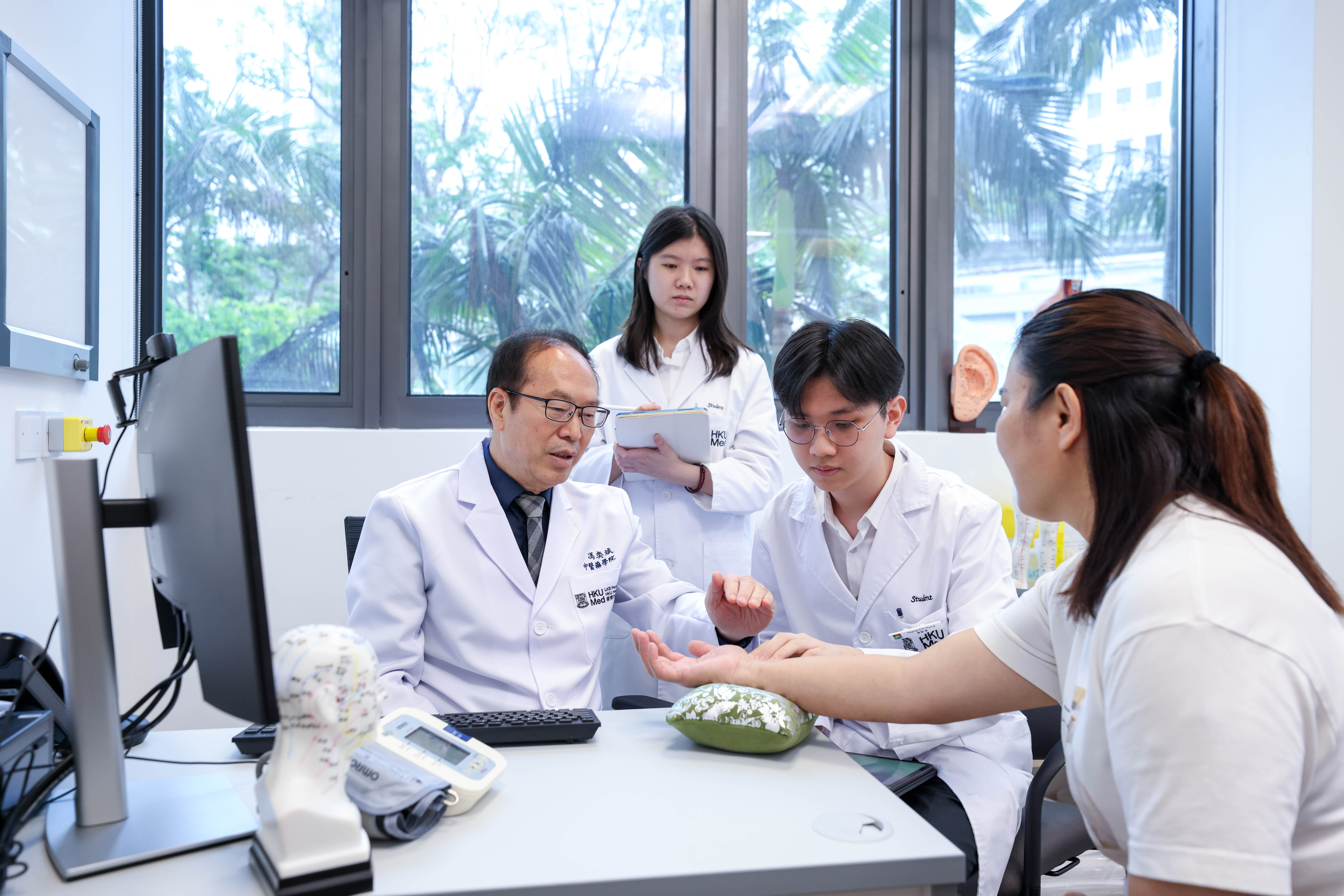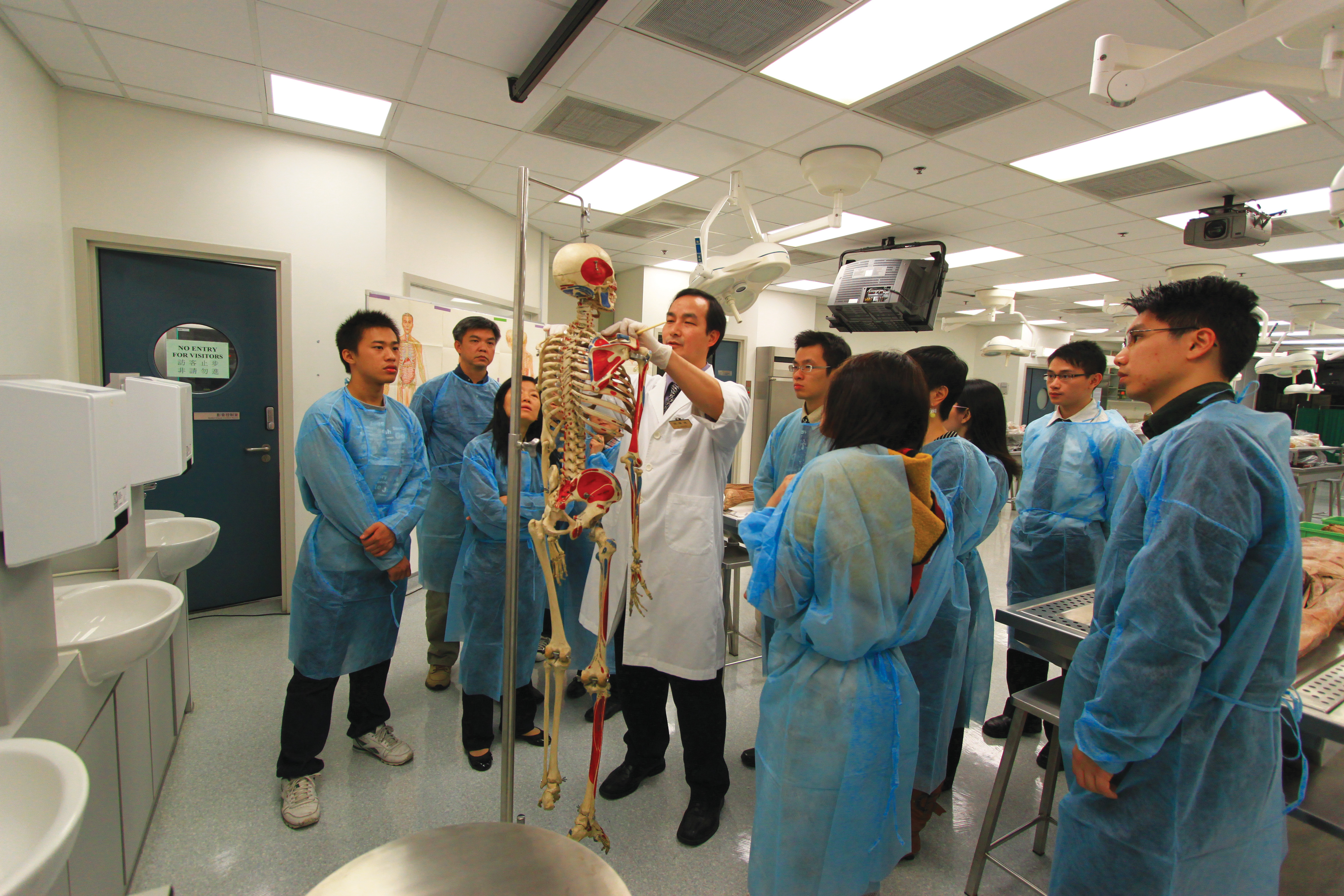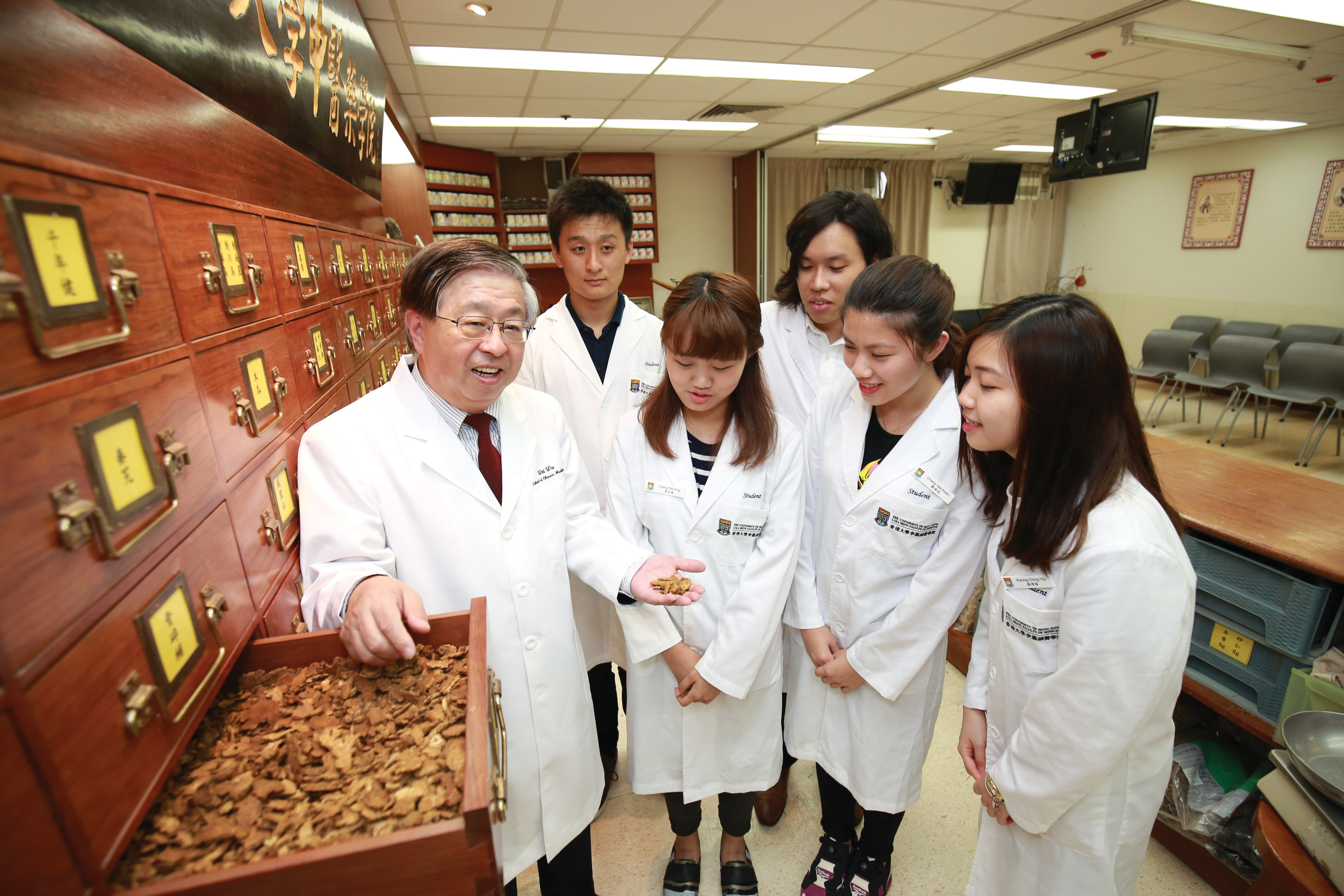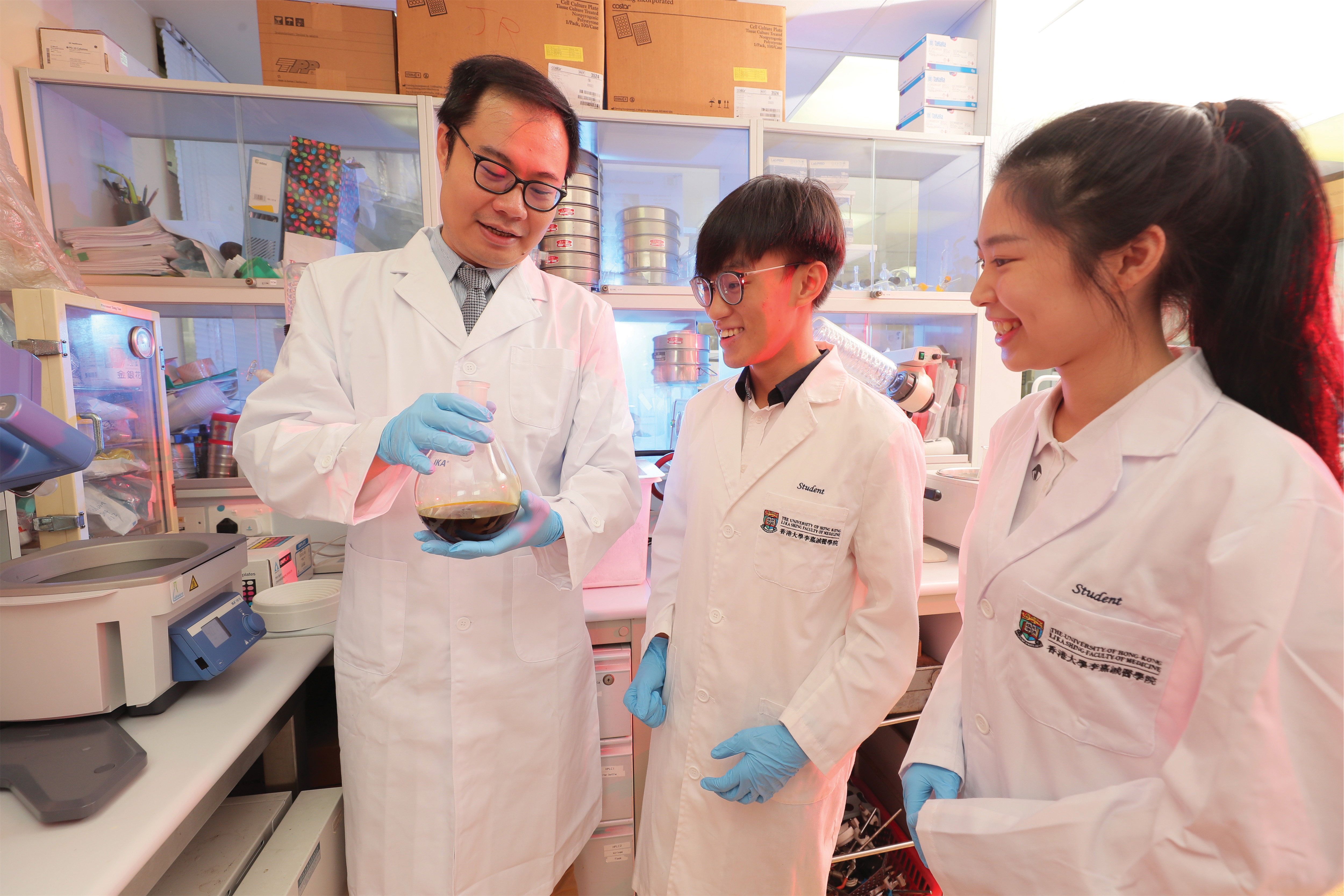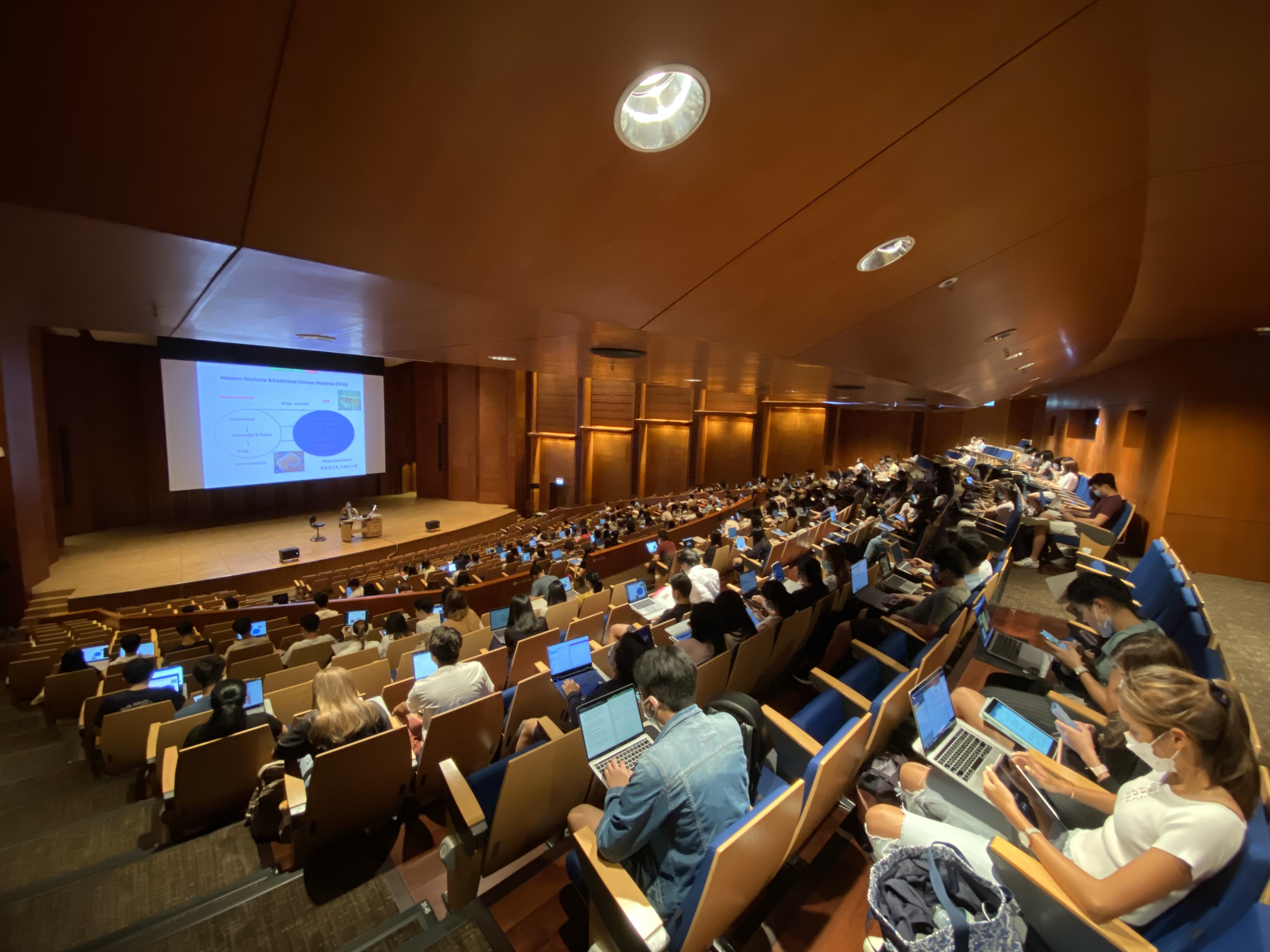Master of Chinese Medicine (MChinMed)
Following to the launch of the revamped 2-year part-time MChinMed curriculum in 2019/2020, there are three streams at present, namely Acupuncture and Moxibustion, Gynaecology and Oncology. Under the new curriculum, students are required to attend common courses regardless of the streams during the first semester of their studies, followed by the core courses, clinical attachment and capstone in later years of their studies. Among the core courses, other than the principal theories and concepts of Chinese medicine, there are also much coverage on the western medicine discipline, equipping students with the essential knowledge with respect to their streams from the perspective of western medicine. For example, for the stream of Oncology, one of the core courses “Introduction to Oncology for Chinese Medicine Practitioners” covers an overview of the modern diagnostic approach adopted in western medicine, including underlying concepts, investigations such as laboratory tests and radiology, and practical applications for treating illnesses related to Oncology. For the stream of Gynecology, teaching staff from the Department of Obstetrics and Gynaecology have been invited to deliver specific topics on common examinations adopted in western medicine, including pelvic examination, cervical smear, laparoscopy, and common lab tests such as hormonal assays and the strengths and drawbacks of ultrasonography, etc. There is a distinguishable core course “Distinctive Therapies for Gynaecological Illnesses by Chinese and Western Medicine” under which the strengths and weaknesses of both Chinese and western medicine disciplines are elaborated and several major illnesses such as Endometriosis, Intrauterine adhesions are discussed. Besides, assisted reproduction of the western medicine is covered as well. As for the stream of Acupuncture and Moxibustion, there is also a core course “Biomedical Courses Allied to Acupuncture” through which essential topics such as neurochemistry in terms of biochemical basis of neural functions, equipping students with the modern knowledge in the safety, role and mechanism of the use of acupuncture. Other than the conventional lectures, there is also a visit to the anatomy lab to reinforce students’ understanding of the mechanism by observing specimens and detailed explanation.



